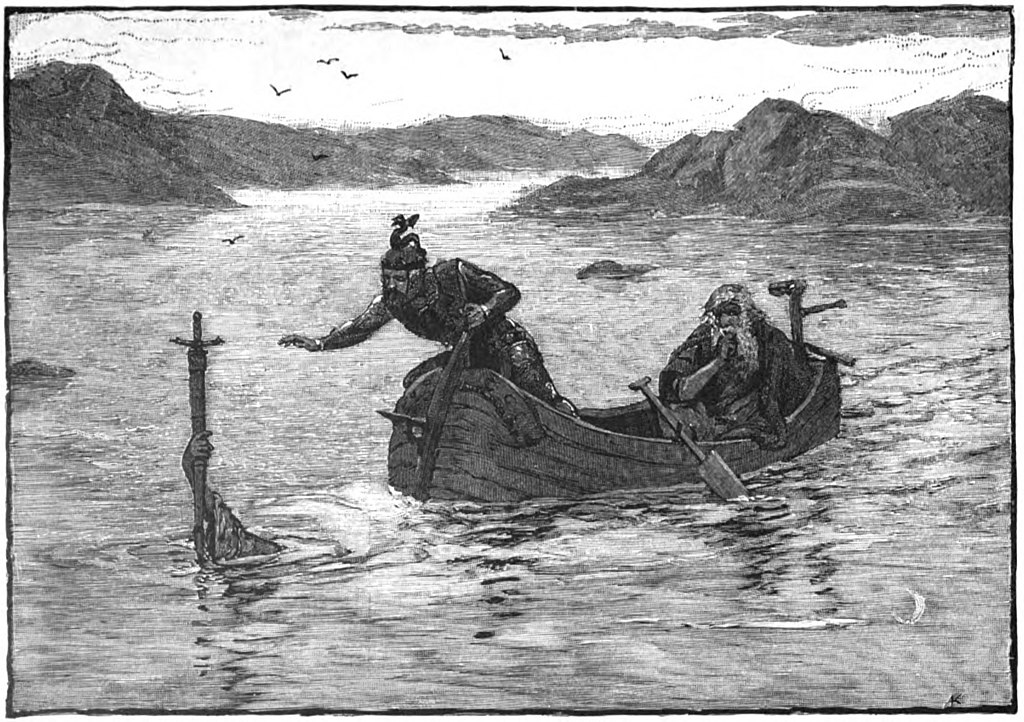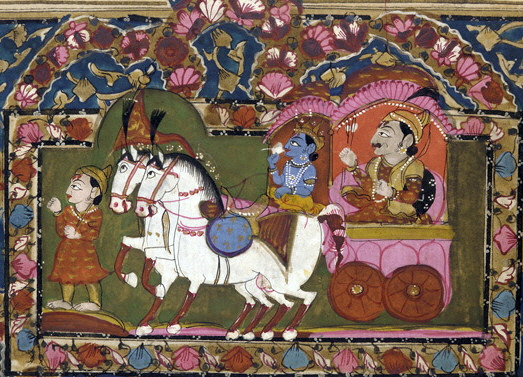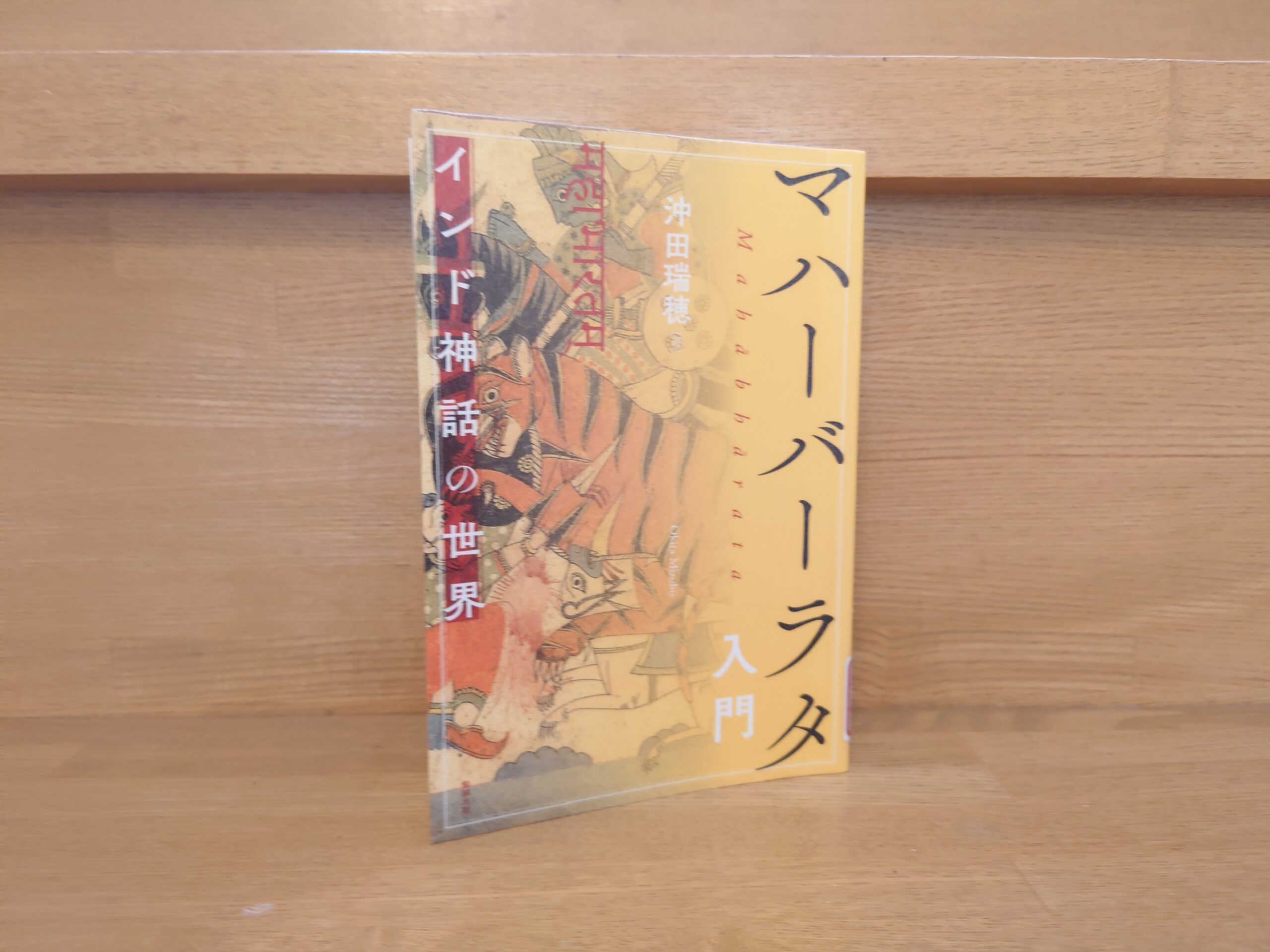Mizuho Okita, "Introduction to the Mahabharata: An Introduction to Indian Mythology" Summary and Comments - A recommended commentary to grasp the whole picture of the great epic that is the source of Indian culture.
We are pleased to present "Introduction to the Mahabharata: An Introduction to Indian Mythology" by Mizuho Okita, published by Bensei Publishing in 2019.
Let's take a quick look at the book.
What exists here exists elsewhere. But what does not exist here does not exist anywhere else.
The Mahabharata, an ancient Indian epic poem interwoven with myth, doctrine, and philosophy.
A groundbreaking introduction to the Hindu scriptures in one volume, consisting of 18 volumes and 100,000 verses! !
Arjuna, the hero; Karna, the arch-enemy; Krishna, the incarnation of Vishnu; Draupadi, the most beautiful woman in the world.... The "Mahabharata," with its gods and heroes, is now available in a single volume!What is the "Mahabharata"?
The Mahabharata is an ancient Indian epic poem written in Sanskrit, consisting of 18 volumes and approximately 100,000 verses. The Mahabharata means "the story of the Mahas (great) Bharatas" = "the story of the Bharatas.
It is a vast book with a war story between cousins as its main plot, with many myths, doctrines, and philosophies woven in between. Since hundreds of millions of people die in the war and only ten survive, the story is sometimes referred to as the Shanta Rasa.[Features of this book
AmazonProducts Page.
◎The lengthy story is divided into four chapters, each divided into a "main plot" and an "episode," and explained in an easy-to-understand manner.
◎Numerous columns for deeper enjoyment of the "Mahabharata," including a reading of mythological motifs, similarities and differences with myths from other regions, trivia about the characters, and more.
◎An extensive appendix includes a genealogy of the heroes, a list of characters, and an index.
This book is a recommended introduction to the Mahabharata, the great Indian epic poem that provides an overview of the Mahabharata.
About this book and the Mahabharata, the author states in his "Introduction"
The Mahabharata, an ancient Indian epic poem, consists of about 100,000 verses in 18 volumes. It is a vast work that is primarily a tale of war between cousins, with many myths, teachings, and philosophies woven in between. Its original language is Sanskrit, the language of ancient India, which is positioned as the European equivalent of Latin.
The Mahabharata, like an encyclopedia, is so huge that it is also accompanied by an eerie rumor: "If a foreigner translates this story from the original, he will die in the process. It is said that if a foreigner translates this story from the original, he or she will lose his or her life in the process. In fact, both in Japan and abroad, important lives have been lost in the process of translation. The difficult task of translation from the Sanskrit original may shorten one's life span. Nevertheless, there is a complete English translation from the so-called Poona Critical Edition published by the Bhandarkar Institute in Poona, India (by Deploy).
The main storyline of the Mahabharata does not have a happy ending. The ending alone is a tragedy: most of the characters lost their lives in the war, and even the victors eventually go to their deaths. In the story, hundreds of millions of people lost their lives in the war. This staggering number is a mythical number. Indians are good at making numbers huge. And only ten people survived. Seven on our side and three on the enemy side. Therefore, this story is sometimes called "Shanta Rasa.
Arjuna is perhaps the greatest hero of the epic. He wielded the divine bow Gaandiva at will, was given many weapons by the gods, and played a peerless role in the war. After the war, however, his divine power began to fade. He was no longer able to fully handle the power of the divine bow. Realizing that it was time for him to die, he drowned Gandiva in the sea to return him to the sea god Varuna, and embarked on his final journey with his brothers and his wife Draupadi.
This motif of separation between hero and weapon has some similarities to the Celtic tales of King Arthur. King Arthur, too, was so much a hero of the sword that he was one with it. But when his death is imminent, he returns the sword - famously known as Excalibur - to the maiden in the lake, and goes to his death. It may be that when a hero is separated from his weapon, which is his one true love, that is the time of death. This reminds us of our own Yamatotakeru. He, too, left the Kusanagi Sword to Miyazuhime on his journey, became ill, and died of a broken heart, thinking of his homeland. By reading the Mahabharata, one realizes that this story is deeply related to myths from all over the world. This is another interesting aspect of this huge book.
Bensei Shuppan, Mizuho Okita, Introduction to the Mahabharata: An Introduction to Indian Mythology, p. 3 (⑶-⑷)
This motif of separation between hero and weapon bears some resemblance to the Celtic tales of King Arthur. King Arthur, too, was so much one with the sword that he could be described as a hero of the sword."

The above commentary on Arjuna and the divine bow Ghandiva did indeed remind me of King Arthur, too. I have been reading about King Arthur on this blog since the flow of "Don Quixote".M.J. Doherty, "Illustrated King Arthur and the Knights of the Round Table," a great overview and history of the Arthurian story!"article.
Myths from all over the world have something in common flowing through them. It was also "Mahabharata" that made me feel this again.
And "Mahabharata" is the pinnacle of Indian thought.The Bhagavad Gita.is also famous for being preached in this great epic poem.
I will discuss the Bhagavad Gita in the next article, but it is because of the story of the Mahabharata that this gem of thought was born.

The Bhagavad Gita consists of a dialogue between Arjuna, one of the protagonists of the work, and his consort Krishna (actually an incarnation of God).
The dialogue will of course begin against the background of the storyline of the Mahabharata. Although it is possible to read the Bhagavad Gita on its own, it is essential to know the main plot of the Mahabharata in order to appreciate it more deeply.
In that sense, this introductory work is very much appreciated.
I will be reading this epic and the Bhakavad Gita as well. I found this book very helpful to grasp the whole picture of this epic that is so long. I recommend this book for beginners to learn the flow of this work. I highly recommend this work to anyone interested in India.
The above is "Mizuho Okita, Introduction to the Mahabharata: An Introduction to Indian Mythology" - a recommended commentary to grasp the whole picture of the great epic that is the source of Indian culture.
Next Article.
Click here to read the previous article.
Related Articles





































